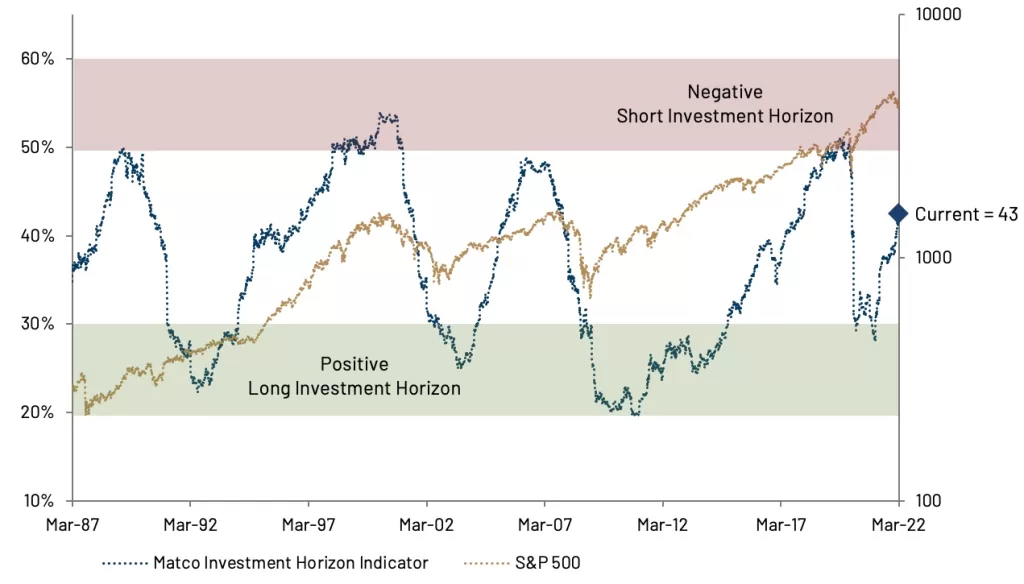THE WALL OF WORRY – WAR / INFLATION / INTEREST RATES


The primary factors dominating headlines are:
First off, the Russia-Ukraine war is unthinkable. The humanitarian toll is horrific and takes precedence over all other considerations. That said, it is our job to consider the economic and investment implications. From that perspective, the Russian and Ukrainian economies account for only 3.5% of global GDP. These local economies will be directly impacted. Although rising energy prices and disrupted supply chains will have an indirect impact on the global economy, it will fade in the long term. The average duration of an international war historically lasts 6 months. The direct impacts of the war will linger for the Russian and European economies; however, the global economy is more likely to resume its expansionary course rather than being derailed.
With respect to inflation, prices continue to experience upward pressure. Rising oil prices are pushing up gas prices at the pumps, while other consumer goods are also feeling the effects. These inflationary pressures are being felt at a time when the economy’s growth rate is moderating. This combination is referred to as stagflation; stagnant economic growth in a rising price environment. Although this can threaten economic growth, there are several other factors that have an equally significant impact, and many of them remain very strong.
Building on the inflation issue, North American central banks find themselves between a rock and a hard place. On one hand, they would like to gradually increase interest rates so that economic growth is not derailed. However, rising inflation is forcing them to increase interest rates at a quicker pace, in hopes of curbing price pressures. The balancing act will be whether Central banks can accomplish both: moderate inflation while not causing the economy to tip into a recession.
With all these concerns, it is not surprising that investors are left with some unease.
Nevertheless, several investment fundamentals remain very strong:
As investors look out on the horizon, these strong fundamentals are being clouded by uncertainty. Like driving down the highway and running into construction and then passing a fender bender, you’re forced to slow your pace. Although we’ve been told how dangerous it can be to examine the extent of an accident, we can’t help but glance to the roadside to investigate the crash. As a result, drivers often neglect to resume their cruise speed once they’re beyond the roadside disruptions. This analogy lends to our bottom line.
The Bottom Line
The strong economic fundamentals we referred to are highlighted in Matco’s Investment Horizon Indicator, shown below. This indicator combines consumer confidence, interest rates, employment, financial conditions, economic conditions and stock market valuations to produce an objective outlook. A lower rating of 20-30 suggests the runway for economic and investment growth is long, while a higher reading of 50-60 suggests the runway is much shorter. The current reading is sitting at 43. This suggests we are progressing through the investment cycle, but the horizon remains healthy. When looking at the indicator in combination with the S&P 500, its track record of signaling significant market corrections is apparent. We will continue to monitor our indicator as it progresses closer to 50, but this will likely be a story for mid- 2023 or potentially beyond; stay tuned.
Matco’s Investment Horizon Indicator

Source: Matco Investment Team, Bloomberg
In the meantime, the market has several challenges to navigate this year. Investors need to remember that we are two years into an economic expansion that we anticipate will last four years. Although counterintuitive, a moderation of economic growth and a stock market that trades sideways are likely to pave the way for economic re-acceleration in 2023. If investors become too short-sighted and focus all their attention on the wall of worry, they risk not capitalizing on this re-acceleration.
To ensure our client portfolios can resume their cruise speed, here’s what we’re doing:
In combination, these focuses will allow our portfolios to navigate a challenging 2022 while capitalizing on a re-accelerating economy in 2023. Our M-Factor investment process drives our discipline and risk management, allowing us to see through the wall of worry and concentrate on fundamentals that drive investment returns over the long term.
If you would like to reach out and discuss Matco’s Investment Horizon Indicator in more depth or have us provide an assessment of your current portfolio positioning, please click on the link below to book a meeting with me today.

Trevor Galon, CFA
Chief Investment Officer
Local: +1-403-718-2130

delivered to your inbox once a month